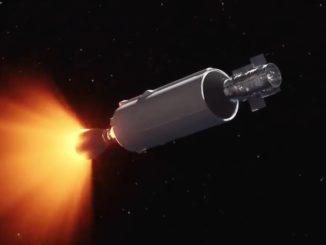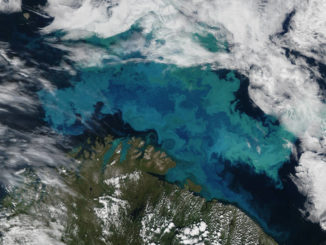SpaceX’s Falcon 9 rocket will go from Cape Canaveral to low Earth orbit in less than 10 minutes Saturday with a Dragon capsule heading for the International Space Station carrying nearly 5,500 pounds of supplies and experiments.
Liftoff is set for 0648 GMT (2:48 a.m. EDT) Saturday from Cape Canaveral’s Complex 40 launch pad.
It will be the 70th flight of a Falcon 9 rocket, and SpaceX’s fifth launch of the year. Working under contract to NASA, Saturday’s launch will be the 17th of least 26 SpaceX resupply missions to depart for the space station under two separate cargo transportation contracts.
The illustrated timeline below outlines the launch sequence for the Falcon 9 flight with the Dragon spacecraft. It does not include times for the descent and landing of the first stage booster on SpaceX’s drone ship around 17 miles (28 kilometers) southeast of pad 40.
Three ignitions of the first stage engines after separation will steer the booster back toward Florida’s Space Coast from the northeast. Here are key times for the landing maneuvers:
- T+plus 2 minutes, 34 seconds: First stage boost-back burn begins
- T+plus 6 minutes, 39 seconds: First stage entry burn begins
- T+plus 8 minutes, 27 seconds: First stage landing
Touchdown on SpaceX’s drone ship “Of Course I Still Love You” should occur during a landing burn with only the first stage’s center Merlin 1D engine firing.
T-0:00:00: Liftoff
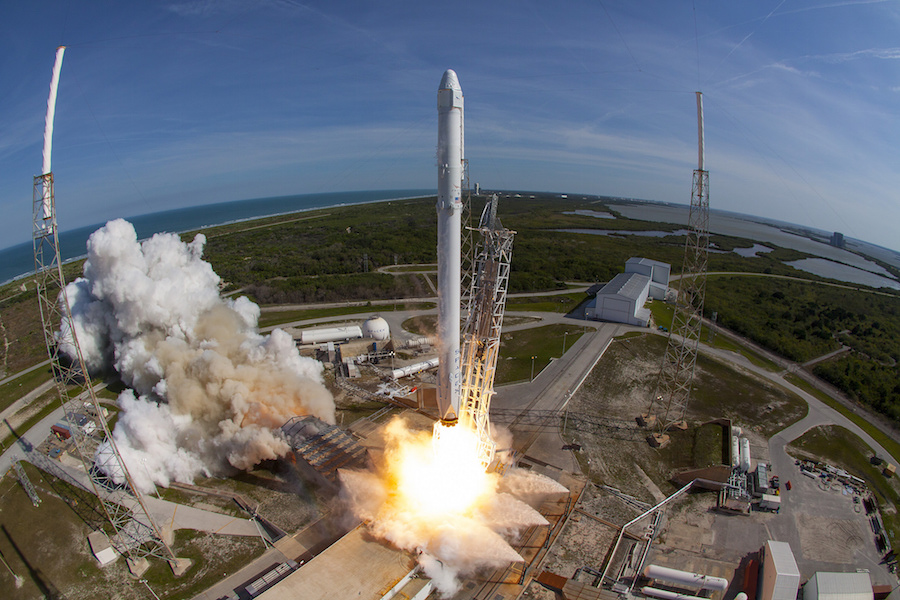
T+0:01:12: Max Q
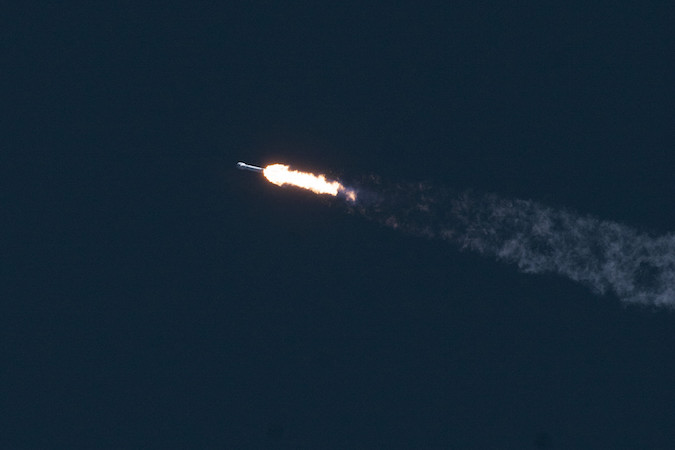
T+0:02:17: MECO
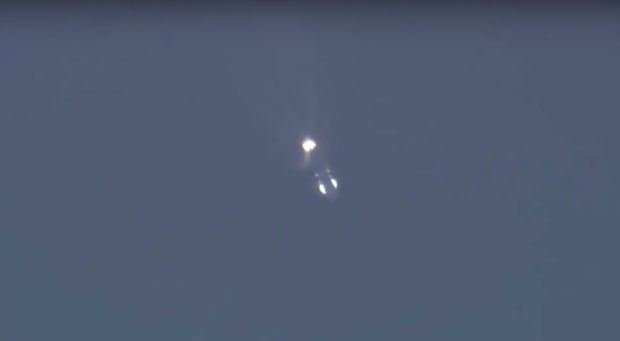
T+0:02:21: Stage 1 Separation
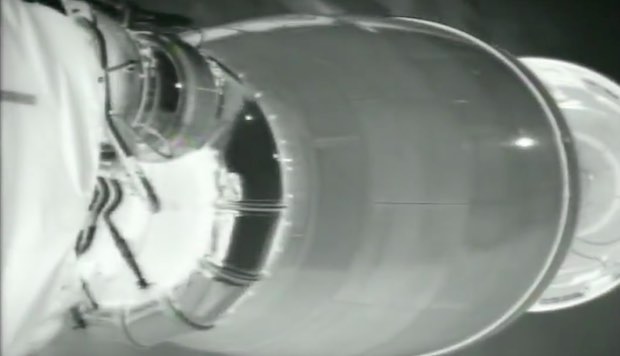
T+0:02:28: Second Stage Ignition
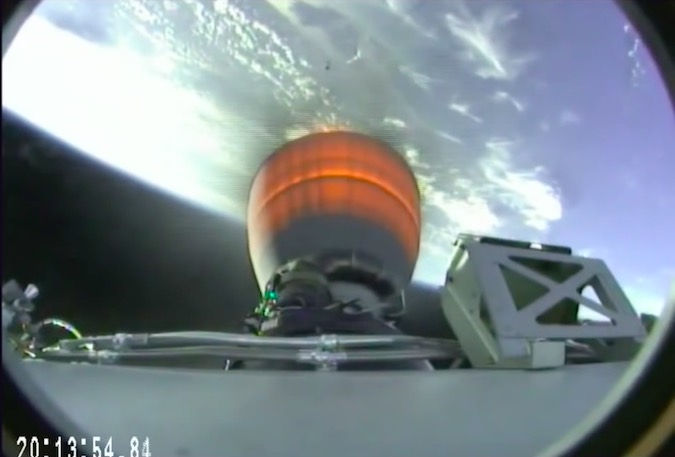
T+0:08:39: SECO
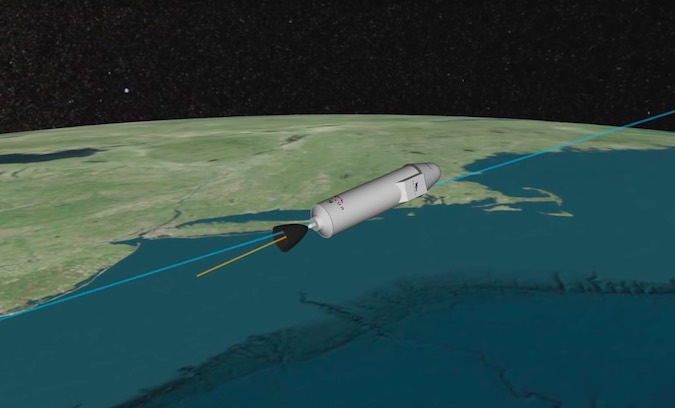
T+0:09:38: Dragon Separation
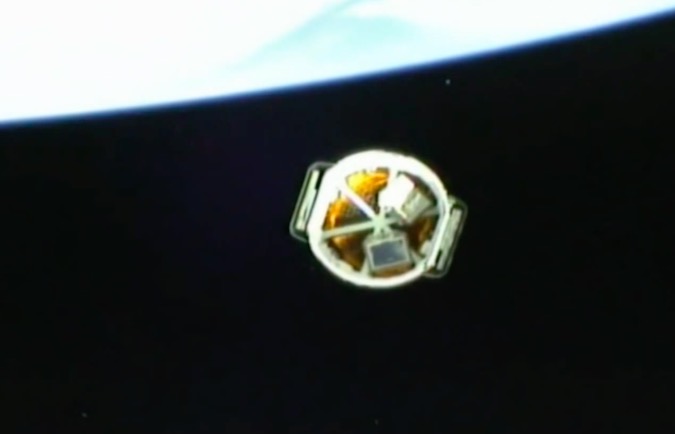
T+0:12:08: Solar Arrays Deployed
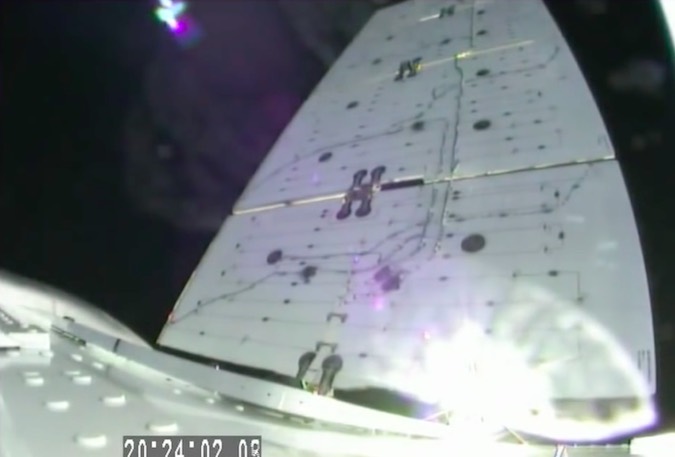
Email the author.
Follow Stephen Clark on Twitter: @StephenClark1.


